Summer is the perfect time for a barbecue. The sun is shining, the grass is lush, the flowers are blooming, and it is the fourth of July. Inviting your friends and family for a barbecue party is essential during summer. You can enjoy delicious burgers, hot dogs, steaks, corn on the cob, salad, soda, beer, and more. It is time to bring out the grill and fire it up for the barbecue.
You can sit back and eat mouthwatering food. Of course, you need utensils, a grill, and a grill master. A grillmaster cooks all the food to the right temperature and serves it piping hot.
If you are unsure about that, this article will explain at what temperature to cook steaks on a gas grill; this way, you will be prepared to host a summer barbecue.
A Look Into Grilling and Steaks
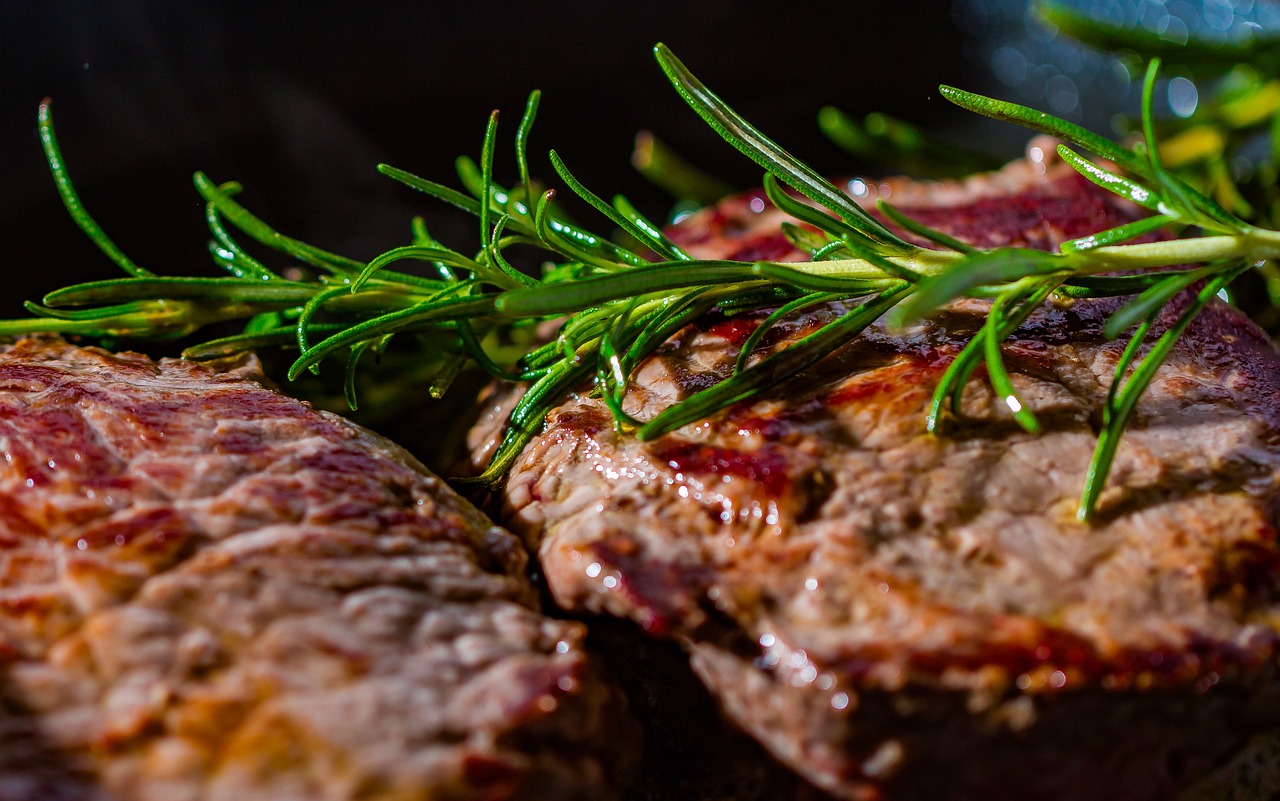
A grill is the most important part of having a barbecue. There are different types and sizes of grills available in the market. It would be best if you had propane, butane, or natural gas as fuel for gas grills. The gas heats the food directly or part of the grill, transferring heat to the food for cooking. Gas grills come in single, medium, large, or industrial sizes.
Most people have heard of and eaten a steak in some form or another. A steak is just a thick cut of meat usually cut across the muscle fibers; it sometimes has a bone. A steak usually comes from animals and large fish. Steaks are typically grilled or fried but can also be cooked in a sauce, diced, formed into patties, or minced.
Steaks have to be grilled to a certain temperature to be cooked. Everybody knows the smell of grilled meat since it has a distinct aroma and flavor. This unique smell is due to the Maillard reaction, a chemical reaction in which amino acids and reducing sugars create melanoidins, the compounds responsible for the distinctive flavor of browned food.
Cooking Temperatures for Steaks
How long you cook the steak for will determine the doneness of it. The doneness levels include rare, medium rare, medium well, and well done. You have to check the steak’s internal temperature to ensure it is cooked perfectly.
The approximate internal temperatures for rare is 120°F – 125°F / 49°C – 51°C; medium rare is 130°F – 135°F / 55°C – 57°C; medium is 140° F – 145°F / 60° C – 63°C; medium well is 150° F – 155°F / 65°C – 69°C; and well done is 160°F – 175°F / 71°C – 74°C.
A meat thermometer can help you check the steak’s internal temperature; you will get an accurate reading when the meat thermometer is inserted into the center or thickest part of the steak. With the meat thermometer, there is no guesswork.
Cooking Time and Tips for Steaks
The steak’s type, cut, size, and thickness will affect the cooking time. The grill and grill temperature are also factors in cooking time. If you do not have a meat thermometer, it is possible to cook your steak perfectly based on estimated cooking times. For center-cut ribeyes and filet mignon, rare doneness takes around 3 – 4 minutes, medium-rare doneness takes 3 1⁄2 – 4 1⁄2 minutes, and medium doneness takes 4 – 5 minutes.
If you have ribeye steaks, sirloin strip steaks, or porterhouse steaks, you must cook the steak for 4 – 6 minutes for rare, 5 – 7 minutes for medium-rare, and 6 – 8 minutes for medium.
Make sure to close the grill lid when cooking steak. The heat becomes trapped for even cooking, and the smoky flavor will be enhanced with the lid closed. After cooking the steak, you must let it rest; you cannot eat it immediately. Let the steak rest for at least 5 minutes or up to 15 minutes if you can. This resting time will help the steak juices get locked in, and the steak can finish cooking.
Small tips to remember: leave the steak uncovered overnight in the fridge, or if you cannot, then pat it dry before grilling; preheat the grill for a well-cooked steak; resting the cooked steak is mandatory; a meat thermometer is a helpful tool; and do not touch the cooking steak until it is time to flip it.
Steak Cuts
As you know, many different types of steak cuts are available in the market, and all are of different price ranges. The list of steaks from most expensive to least expensive is filet mignon or tenderloin; striploin or New York strip steak; ribeye steak; porterhouse and t-bone; sirloin steak; and flank steak.
If you are new to steak grilling, it is better to use a cheaper steak cut; once you have enough practice, you can go up the price ladder to the expensive steak cuts. This way, you will be more experienced at grilling steaks, and your guests will be extremely impressed with your grilling skills.
Before you fire up the grill for your barbecue, it’s important to ensure everything is working correctly.
Encountering issues like a low gas grill flame can be frustrating, but troubleshooting gas grill issues before your guests arrive can save the day.
From checking your fuel levels to inspecting the burners for blockages, a little pre-party maintenance ensures your grill heats efficiently and safely.
Final Thoughts
Barbecue is the best thing about the summer months. You call your friends and family to gather around your backyard and enjoy a delicious meal.
It is the perfect activity, especially since children and college students have the summer off.
For a good barbecue, you need all the right ingredients and equipment. Having someone who can expertly handle the grill is a bonus since they will cook the food to the right temperature.
This article lets you know what temperature you need to cook steaks on a gas grill.
With perfected grilled steaks, your summer barbecue will highlight everybody’s day.

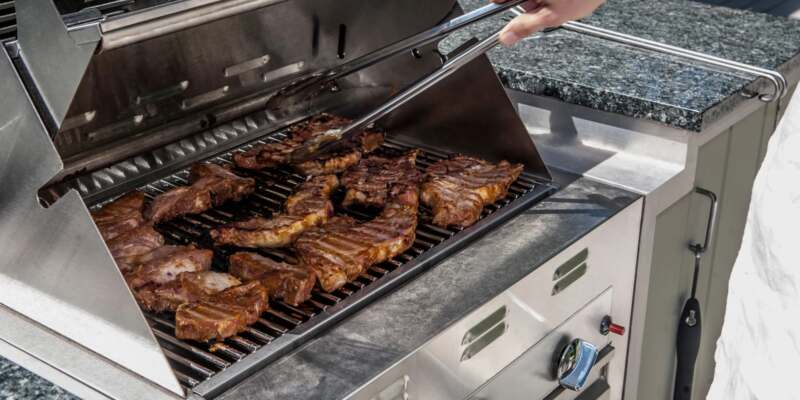

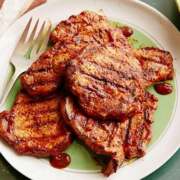

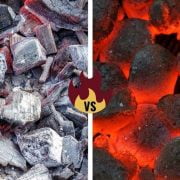
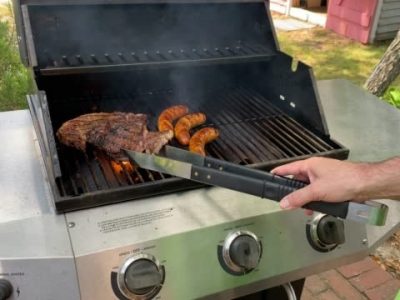
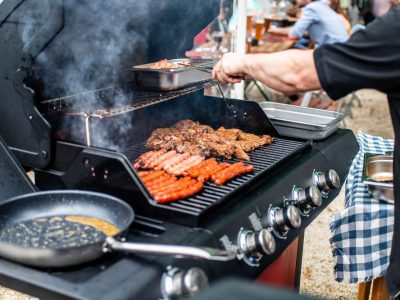
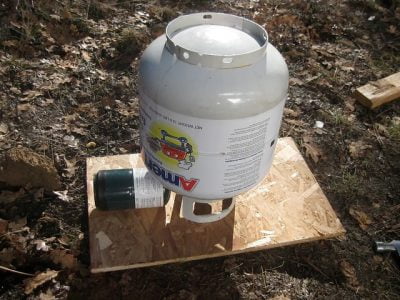
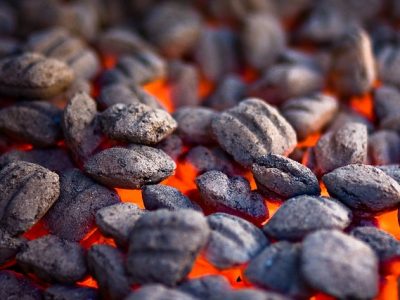

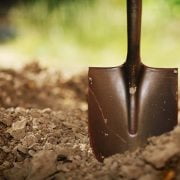


Comments